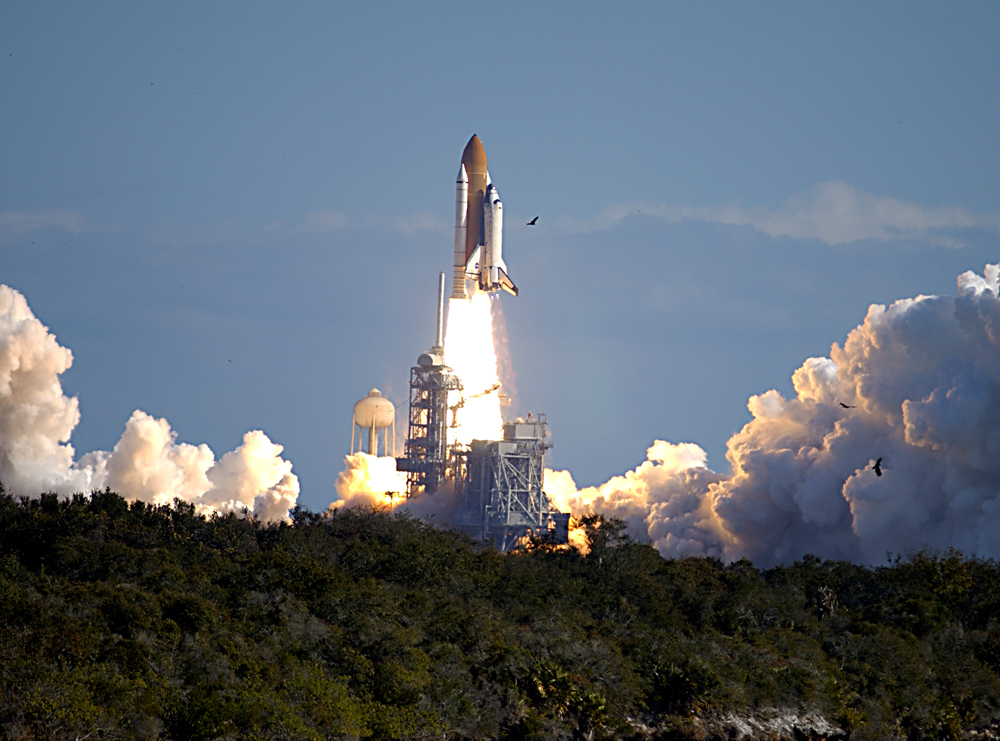
This is one of a series of nighttime images photographed by one of the Expedition 29 crew members from the International Space Station. It features Central and Eastern Europe, extending from the Netherlands to Hungary and Italy to northern Poland. Overall, the view includes the Netherlands, Italy, Germany, Poland, and Hungary. When the photo was taken on Oct 2, 2011, the station was over Corsica at 43.18 degrees north latitude and 9.95 degrees east longitude. Photo Credit: NASA
Vol. 6, Issue 1
Digital platforms are enabling government agencies to do more with less, according to a recent report by the Partnership for Public Service.

This is one of a series of nighttime images photographed by one of the Expedition 29 crew members from the International Space Station. It features Central and Eastern Europe, extending from the Netherlands to Hungary and Italy to northern Poland. Overall, the view includes the Netherlands, Italy, Germany, Poland, and Hungary. When the photo was taken on Oct 2, 2011, the station was over Corsica at 43.18 degrees north latitude and 9.95 degrees east longitude.
Photo Credit: NASA
At a time when the American Dialect Society named “hashtag” the word of 2012 (beating out “fiscal cliff” and “Gangnam style”), the public increasingly expects digital government. How government agencies are addressing these needs was the topic of “#Connectedgov: Engaging Stakeholders in the Digital Age,” hosted by the Partnership for Public Service on January 9, 2013.
The Partnership released the findings of a report developed in collaboration with Booz Allen Hamilton that examined the ways in which select government programs and projects have utilized digital platforms to better engage, inform, and empower citizens. The report presented seven case studies about effective use of digital platforms by federal agencies, along with tips for program managers to extract value and evaluate the applicability of each program to other federal initiatives.
NASA was one of the agencies featured for its use of digital platforms that leveraged public knowledge to solve space challenges during the 2012 International Space Apps Challenge. Other featured programs included the Department of State’s initiative to provide English-language instruction via mobile phone app, the Federal Emergency Management Agency’s use of social media to report and track real-time information during emergencies, and the Air Force Medical Services’ efforts to improve the delivery of its health services to military personnel and their families through Facebook.
A panel featuring U.S. Air Force Colonel Doug Anderson (retired), Department of State’s Suzanne Philion, and General Services Administration’s Tammi Marcoullier discussed prevailing challenges that hinder successful implementation of digital programs in federal agencies. Among those identified were misconceptions of social media as more of a hobby than a tool for community engagement, fears that opening the door to social media will inundate agencies with complaints, and challenges of managing public versus private information.
The panelists also discussed an increasing trend towards the “socialization of data,” where federal agencies are looking for ways to open up their datasets to the public to access.
Read the full report.
Watch video of the panel presentation.









